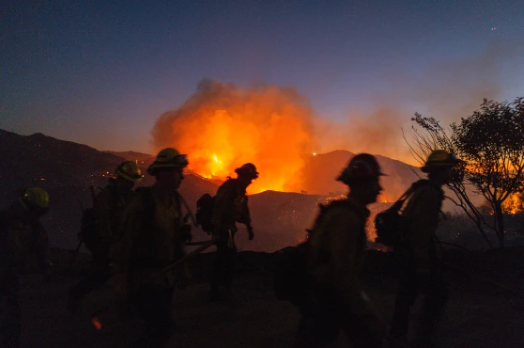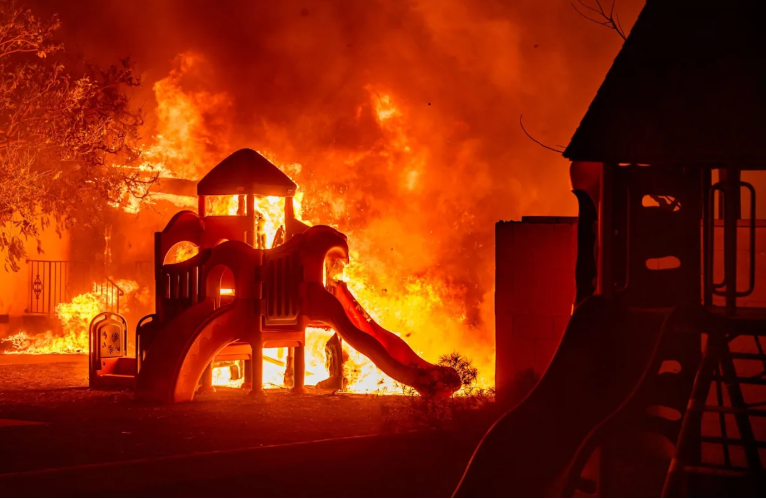Economic losses from wildfires, storms, and earthquakes surge, fueling insurance crisis in US

Weather disasters in the first half of 2025 have caused an estimated $93 billion in damage across the United States, underscoring a growing insurance crisis in regions prone to extreme events.
According to a recent report by Munich Re, the world’s largest reinsurer, more than 70% of global weather disaster losses this year occurred in the U.S., with uninsured individuals and local governments bearing $22 billion of the costs, NBC News reported.
The report highlights the devastating impact of wildfires, severe storms, and other extreme weather events. Southern California’s wildfires in January were the costliest disasters, causing $53 billion in losses, including $13 billion in uninsured damages. These fires, fueled by strong Santa Ana winds, resulted in at least 30 deaths and displaced thousands. Munich Re described these blazes as the “highest wildfire losses of all time.” The increasing economic toll is partly due to urban development in high-risk areas, exposing more properties to hazards.

Severe convective storms—marked by heavy rainfall, tornadoes, hail, and strong winds—caused $34 billion in damage, including $8 billion in uninsured losses affecting infrastructure like roads and schools. Other notable U.S. disasters include March storms ($6.7 billion in damage), May tornadoes ($5 billion), and April flooding ($4 billion).
Outside the U.S., a tropical cyclone in Australia caused $3.5 billion in damage, while a 7.7-magnitude earthquake in Myanmar in March resulted in an estimated 4,500 deaths. A magnitude-6 earthquake in Taiwan caused $1.3 billion in losses.
Munich Re’s chief climate scientist Tobias Grimm emphasized that climate change is increasing the frequency and intensity of such disasters, making adaptation and mitigation essential. The report also stresses the importance of accurate data collection and collaboration with agencies like NOAA, which recently discontinued tracking U.S. extreme weather economic impacts. As billion-dollar disasters rise, these insights are vital for shaping insurance policies and government responses to future risks.





